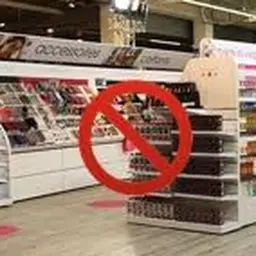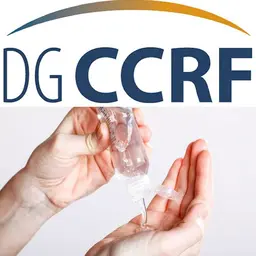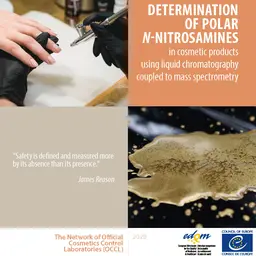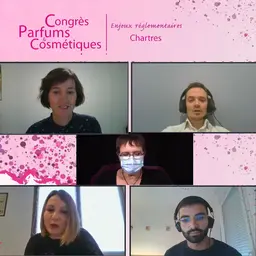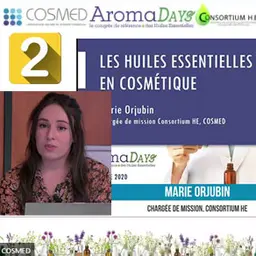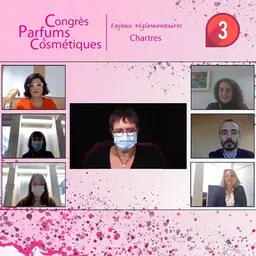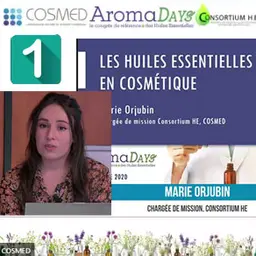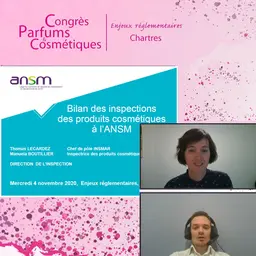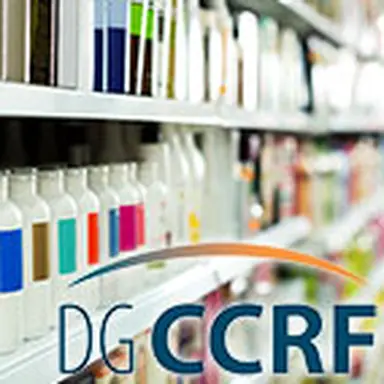
Last June, the French UFC-Que Choisir magazine denounced the presence of 23 cosmetics containing prohibited ingredients on the market. The two main targeted substances were preservatives: Isobutylparaben and Methylisothiazolinone. Following this announcement, the DGCCRF (French General Directorate for Competition Policy, Consumer Affairs, and Fraud Control) had announced they would launch investigations. They have just released the first results, highlighting responsibilities, in particular of manufacturers that tried to clear their stocks and distributors unaware of the regulations in force.
As part of the inspection plan they implement every year in the field of cosmetics, the DGCCRF took targeted actions over the past few months to search for prohibited preservatives in cosmetic products. They carried out inspections on manufacturers’ and distributors’ premises, which led to the withdrawal of more than 140 references of cosmetic products containing prohibited substances.
After several reports were published in the consumer press in June 2017, denouncing the presence of 23 cosmetic products containing Methylisothiazolinone (MIT) and Isobutylparaben on the market, the DGCCRF completed their annual inspection plan and led a targeted investigation on cosmetic products likely to contain these prohibited preservatives. The two substances were banned as from February 12, 2017 for the first one, July 30, 2015 for the second, in particular due to the allergic reactions they can trigger.
The investigations confirmed cosmetic products containing prohibited preservatives were still marketed, so an order was issued for them to be immediately withdrawn. The investigators also tried to determine who was responsible for this, among all the players involved in the distribution chain (manufacturers, distributors…).
The complementary investigations showed many batches actually bore old labels mentioning the presence of prohibited substances, whereas the products had been reformulated and did not contain the substances anymore. This is an act of negligence in the implementation of the new packaging.
However, other products did contain the prohibited substances. The DGCCRF investigators highlighted different types of situations.
A few manufacturers still have not provided their distributors with clear and thorough information about the fact that as from February 12, 2017, they shall not market products containing MIT. In addition, if certain manufacturers had anticipated the prohibition of the preservative and modified their product compositions upstream, others tried to clear their stocks until as close as the date when the prohibition came into force. Two manufacturers even kept using and marketing these prohibited preservatives in their cosmetic product formulas. Statements of offence will soon be sent to the courts.
A few distributors, in particular retailers running ‘general stores’, showed limited knowledge of the regulations applicable to cosmetic products. On top of that, many of them said they had received no instructions whatsoever from their trading groups or suppliers to withdraw their products from shelves. They received a reminder of regulatory obligations in the form of warnings.
Given the results obtained and the particularly high number of references containing prohibited substances found in stores, the DGCCRF maintains reinforced monitoring as regards these issues. They will make a more global update early next year on the overall results of their annual inspection plan in the cosmetics industry: they aim to verify all products preserve consumer safety and the information given to consumers is loyal.

